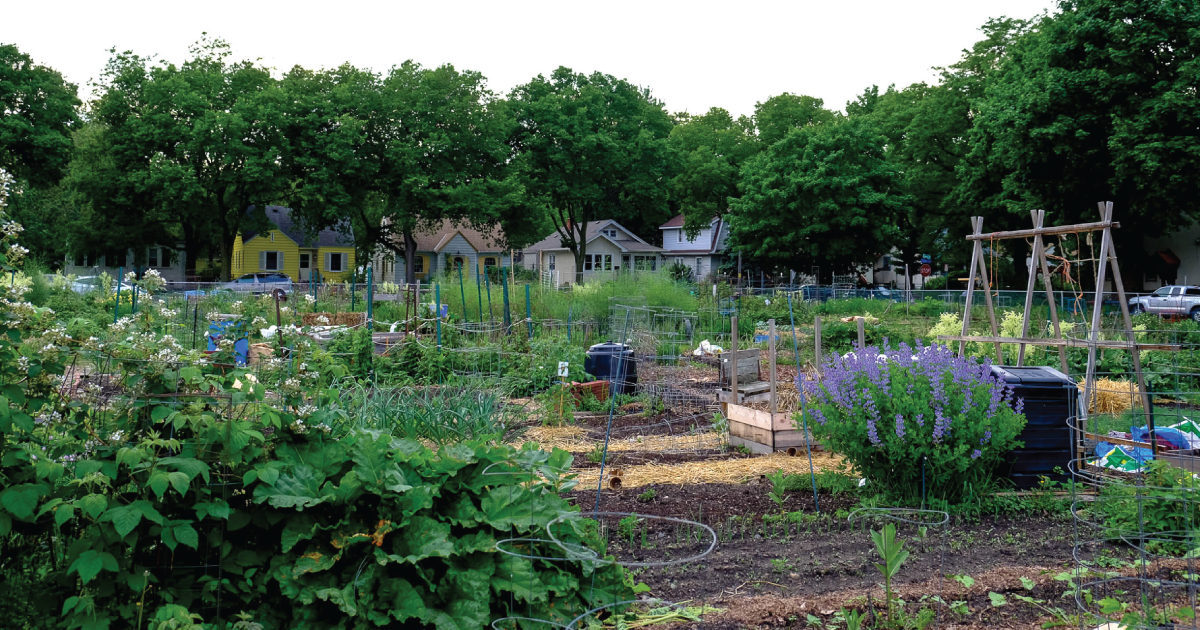
How Urban Agriculture Can Improve Food Security
During the partial federal shutdown in December 2018 and January 2019, news reports showed furloughed government workers standing in line for donated meals. These images were reminders that for an estimated 1 out of 8 Americans, food insecurity is a near-term risk.
February 14, 2019 | Source: Civil Eats | by Miguel Altieri
Research from U.C. Berkeley Professor of Agroecology Miguel Altieri argues that sustainable urban ag can also offer environmental, health, and social benefits.
During the partial federal shutdown in December 2018 and January 2019, news reports showed furloughed government workers standing in line for donated meals. These images were reminders that for an estimated 1 out of 8 Americans, food insecurity is a near-term risk.
In California, where I teach, 80 percent of the population lives in cities. Feeding the cities of the nine-county San Francisco Bay Area, with a total population of some 7 million, involves importing 2.5 to 3 million tons of food per day over an average distance of 500 to 1,000 miles.
This system requires enormous amounts of energy and generates significant greenhouse gas emissions. It also is extremely vulnerable to large-scale disruptions, such as major earthquakes.
And the food it delivers fails to reach 1 of every 8 people in the region who live under the poverty line—mostly senior citizens, children, and minorities.
